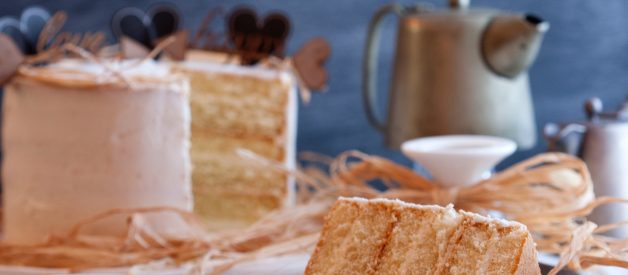What do the ingredients do? Why does it rise? What makes a good cake?
 Photo: Kim van Vuuren ? Pexels
Photo: Kim van Vuuren ? Pexels
Have your cake and eat it
If you?re anything like me, you?ll love a good slice of cake. At its best it has a crumbly texture yet is moist on the palette.
What is cake exactly? At first glance, the Collins Dictionary definition certainly seems to fit the bill:
A cake is a sweet food made by baking a mixture of flour, eggs, sugar, and fat in an oven. Cakes may be large and cut into slices or small and intended for one person only.
But this doesn?t explain why cake is cake.
Think of a cake mixture before it goes into the oven: it looks like a sloppy, gloopy mess.
How does it transform from sludge into a delicious, spongy cake?
The role of the ingredients
There are hundreds of options for variations of flavour and filling. My online search for ?cake recipe? gave me 38,000,000 hits.
At the core of these myriad recipes, however, are a few basic elements.
The traditional ingredients for a basic cake are flour, butter, eggs, sugar. These days, we often add a raising agent, too, to make our lives as home bakers easier.
Combine them in the right way and, with a little help from a hot oven set to around 180C/350F, you can bake yourself a cake.
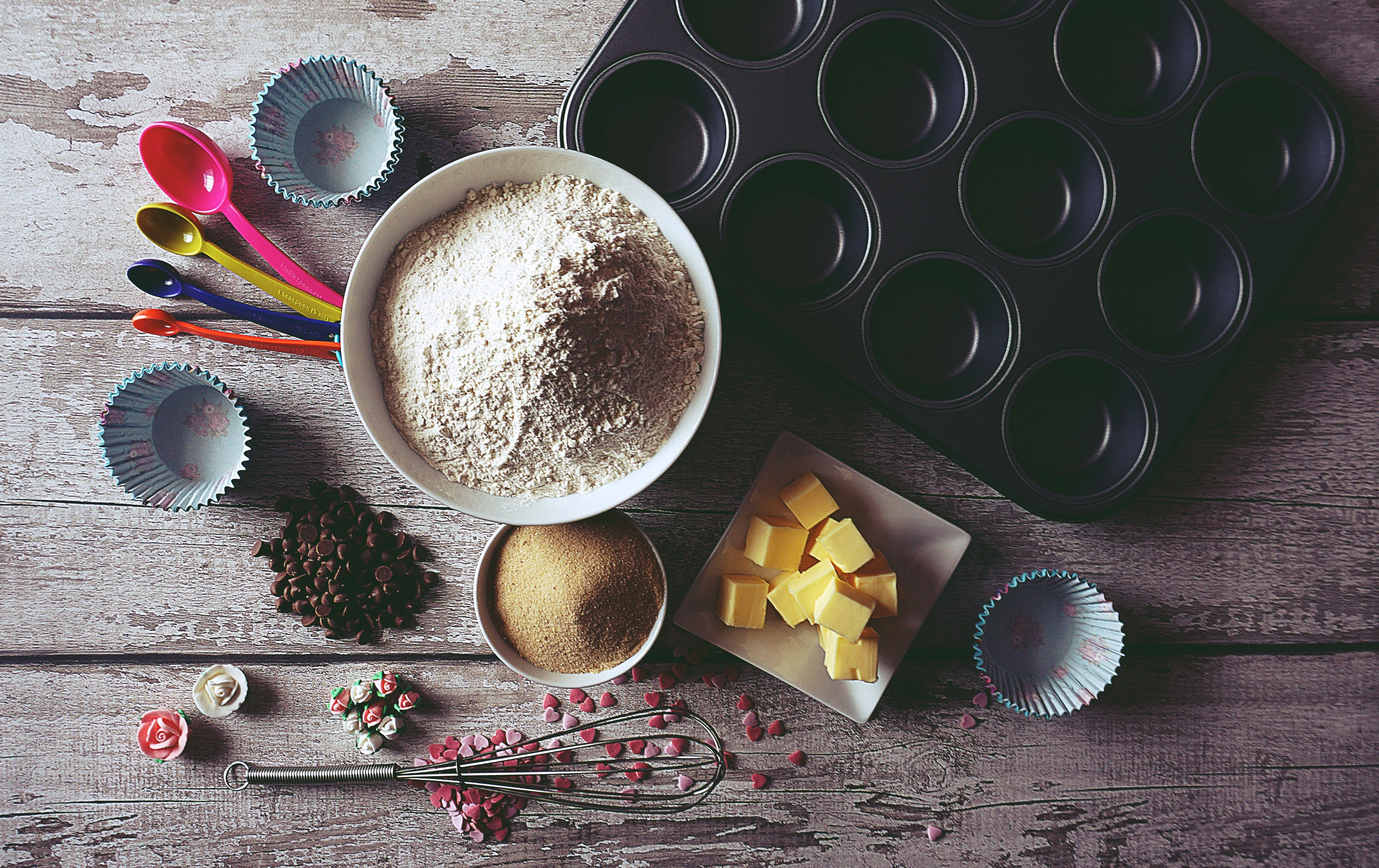 Photo: Suzy Hazelwood ? Pexels
Photo: Suzy Hazelwood ? Pexels
Each of the core ingredients plays an important role in the transformation of cake batter to a beautifully baked cake. Let?s take a look at each one.
Butter
Fat is important to the mouthfeel of the cake. It gives a smooth texture so that as you eat it, it feels tender and moist. If you don?t put enough fat into your cake, expect it to be rubbery.
It doesn?t have to be butter ? other fats will do ? but butter is particularly good at trapping air when it?s beaten.
There is also the depth of flavour that butter adds to the mixture. It also brings out the flavours of the other ingredients.
Butter and margarine melt at body temperature which means it doesn?t feel greasy inside the cakes. Other fats such as oils result in a heavier texture because they don?t whip so well. Shortening contains a mixture of fats with an emulsifier added to make sure they don?t separate out.
You may find that cakes based on fats other than butter have slightly different ratios of ingredients. Variations to the standard instructions can optimise that particular cake.
Sugar
Ah, the glorious sweetness! But sugar has more than just one function in a cake.
Moistness
It bonds to water molecules and holds them in the structure, helping to lock in moisture.
By keeping water locked up, it mildly disrupts the network structures created by the flour. You do need structure, of course, but you don?t so much structure that it?s absolutely rigid.
This is why if you mess about too much with the sugar content, the cake might fall apart or end up rather too tough.
The magic of Maillard
Sugar also takes part in the Maillard reaction which is actually a series of complex reactions between sugars and the components of proteins. It?s important in every sort of cooking and is the source of the many of the flavourful compounds we enjoy so much in our foods.
In baking, the Maillard reaction takes at the high temperatures in the oven and produces the characteristic browning colour and taste of the crust.
Caramel enchantment
Caramelisation is another browning reaction but one that only needs sugar by itself. It starts at high temperatures and also causes browning. The sugars break down and shed water molecules from their structure. The resulting compounds react with each other in many ways to give a variety of flavours.
The temperature of caramelisation depends on the type of sugar so if you substitute processed white sugar with honey or fructose, your cake will end up a darker colour at the same temperature.
Flour
Flour is at the heart of a cake, forming its main structure.
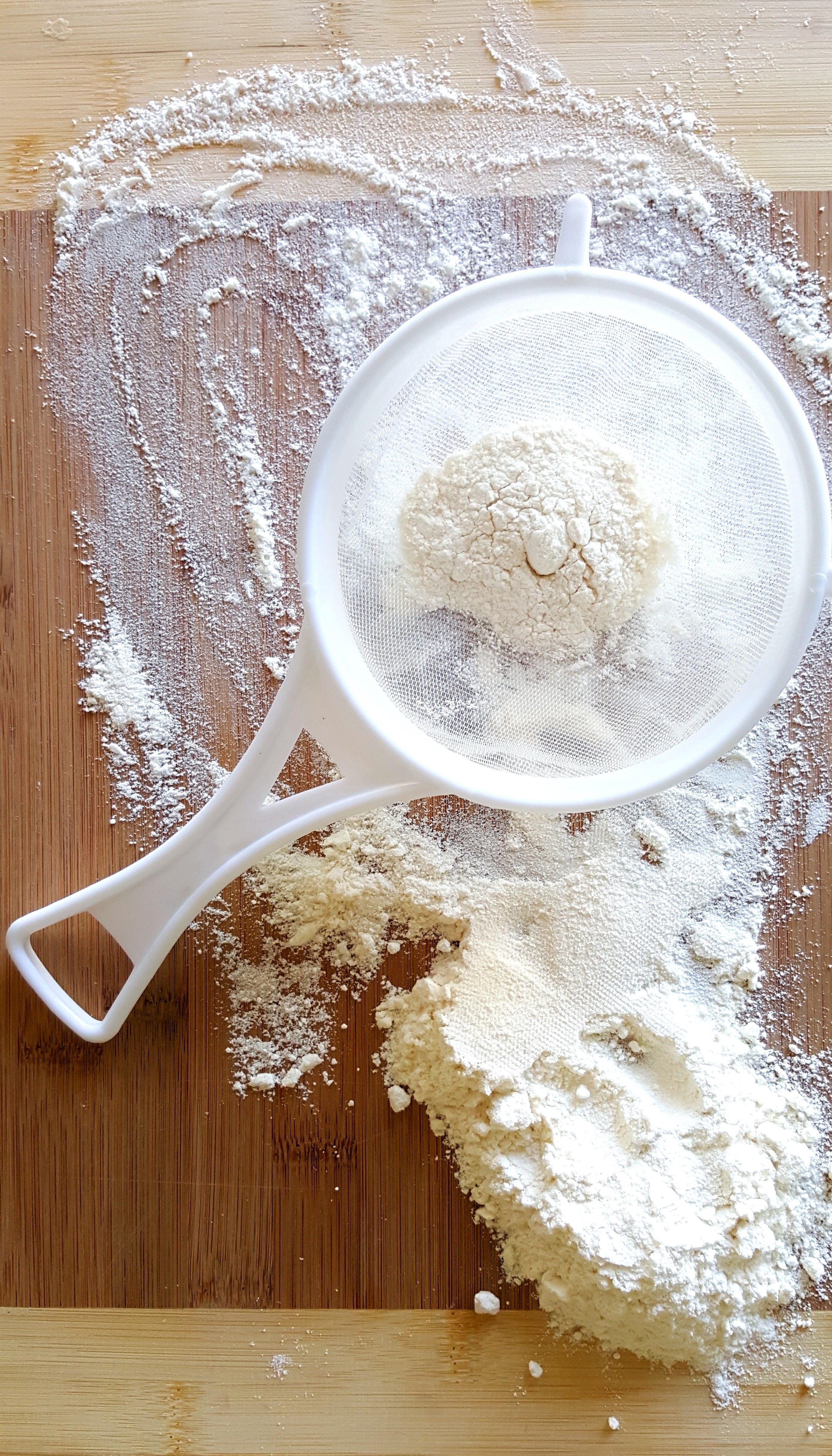 Photo: Vlad Kutepov ? Unsplash
Photo: Vlad Kutepov ? Unsplash
Gluten
Wheat flour provides the cake?s structure. Two proteins called glutenin and gliadin occur naturally in flour.
For a cake, you want enough protein to create structure so it doesn?t fall to bits but not so much as to make it chewy. Plain flour or cake flour is made from soft wheat and has a protein content which is lower than bread flour. Just right for a cakey texture.
When you add wet ingredients to cakes, the glutenin and gliadin combine to form a new protein called gluten.
Gluten is a stretchy protein that expands when it gets hot in the oven. It?s the key to forming the network structure that makes a cake?s shape.
Sifting
You?ve doubtlessly been told to sift the flour before adding it to the wet ingredients in a cake.
This is to separate out clumps that form when flour is stored and to add more air into the mixture so that the cake texture becomes lighter.
If you sift all your dry ingredients together ? if you?re adding cocoa powder, spices, and raising agents ? it helps them to be evenly distributed throughout your mixture so you don?t get a particularly heavy pocket of flour or one particular flavour.
Baking gluten-free
So you want to use a gluten-free flour mix. How do you get the elastic, spongy framework without the elasticity of gluten?
Non-wheat flours have different characteristics from wheat. To create a cake with familiar cakiness, it?s best to combine several gluten-free flours. Fortunately, if you don?t fancy the hassle of trying to figure out the best mix (I definitely fall into this category), there are many off-the-shelf blends to buy.
One of the most common ways around the lack of stretchy gluten is to use xanthan or guar gum to keep the dough together.
For me, I like to add fruit pulp to the mixture to add stickiness. Gluten-free flours tend to be more absorbent so wet fruit also helps keep the cake moist.
Eggs
Eggs are multifunctional in a cake being good binders, moisture retainers, and air traps.
Binding agents
Eggs binding agents helping to stick all the ingredients together. The egg yolks, specifically, are good emulsifiers meaning they keep ingredients that don?t usually mix well from separating, such as fat and water.
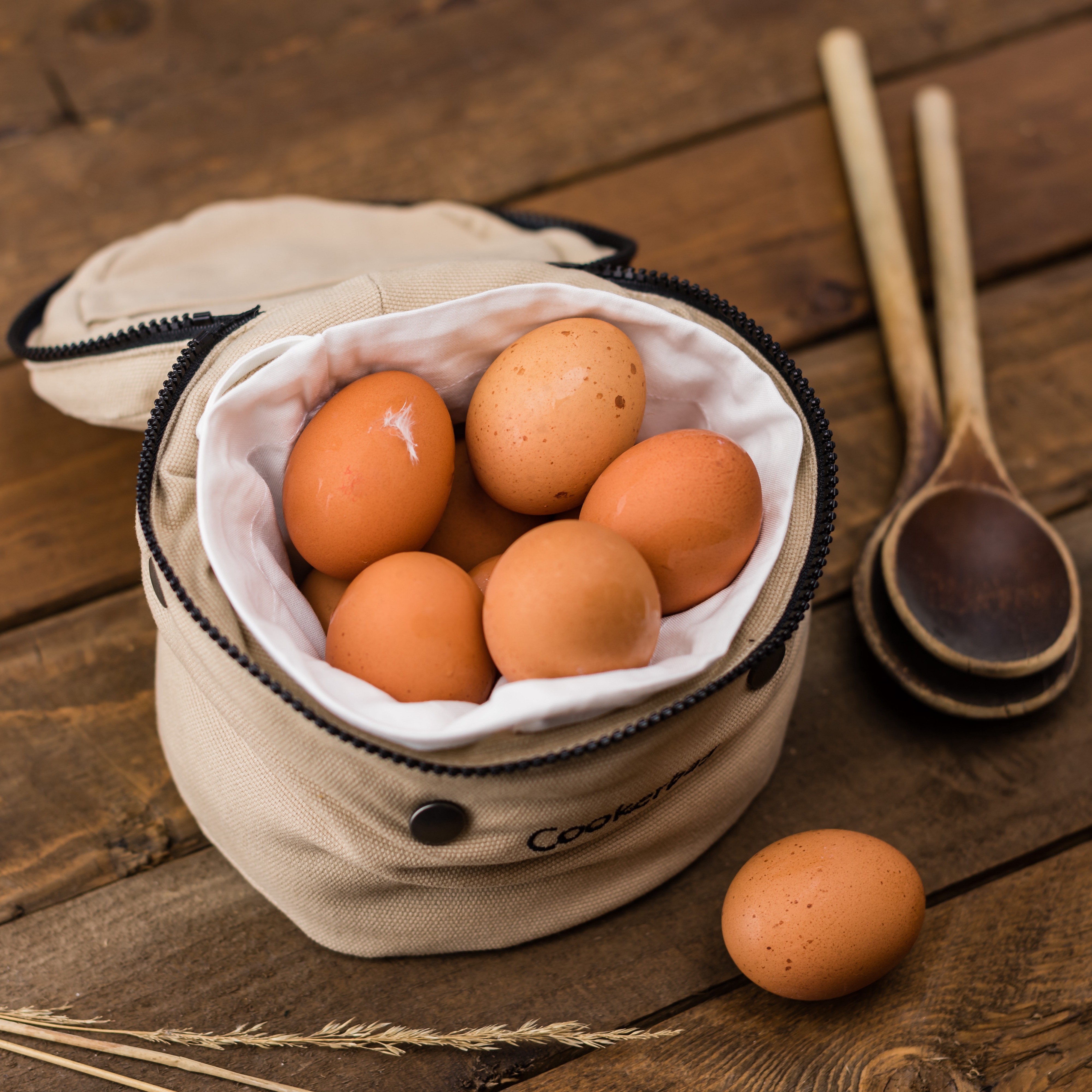 Photo: Dansk ? Pixabay
Photo: Dansk ? Pixabay
Moist texture
Eggs provide moisture, too.
You can add additional liquids to a cake but the most basic sponge recipes don?t require them. Eggs will do.
The water content turns to steam in the oven and helps both to cook and expand the structure.
Whipped into shape
Egg whites whip up well. They contain a compound called lecithin which coats air bubbles and stops them from collapsing.
If you?re prepared to put in the work, separate the eggs and whip up the whites. Then fold in the rest of the mixture carefully, so as not to knock out the air. This allows you to make a cake without any additional raising agent or even any fat.
Raising agents
Bicarbonate of soda
The full chemical name for bicarbonate of soda is sodium hydrogen carbonate. In some places, it is known more simply as baking soda or bicarb.
It reacts when it comes into contact with naturally occurring acidic compounds in the cake batter to release carbon dioxide gas bubbles. You can see this happening as soon as the dry ingredients hit the wet mixture. So be quick about putting it in the oven.
Baking powder
Baking powder works in the same way but as well as bicarbonate of soda ? or similar compound ? it contains a weak acid compound. Corn starch (maize starch) is also added because it acts as a buffer, preventing a reaction from starting too early.
A clever bit of chemistry can create a double-acting baking powder: two mildly acidic compounds are added to the powder.
The first starts reacting as soon as the wet and dry ingredients are combined, just as in the case of bicarbonate of soda. The carbon dioxide gas starts escaping before you put the mixture in the oven.
The second acid only starts to react when it reaches a high temperature in the oven. This means that you get another chance to create a good rise, even if some gas already escaped before you got the chance to start baking your cake.
Self-raising or self-rising flour
You can also buy self-raising flour or self-rising flour. They are actually slightly different things.
British self-raising flour has a good helping of baking powder mixed through it. American self-rising flour contains less baking powder than the British version and also contains some salt.
Nevertheless, the idea is the same in both cases. Your raising agent is already mixed evenly into the flour when you buy it so you don?t have to bother adding it later.
This has the advantage of ease but the disadvantage of not letting you play around with the parameters of your recipes as much.
It?s a piece of cake
All the basic cake ingredients have good scientific reasons for being part of a batter. Understanding their roles can help us to come up with additions, variations, and good substitutions.
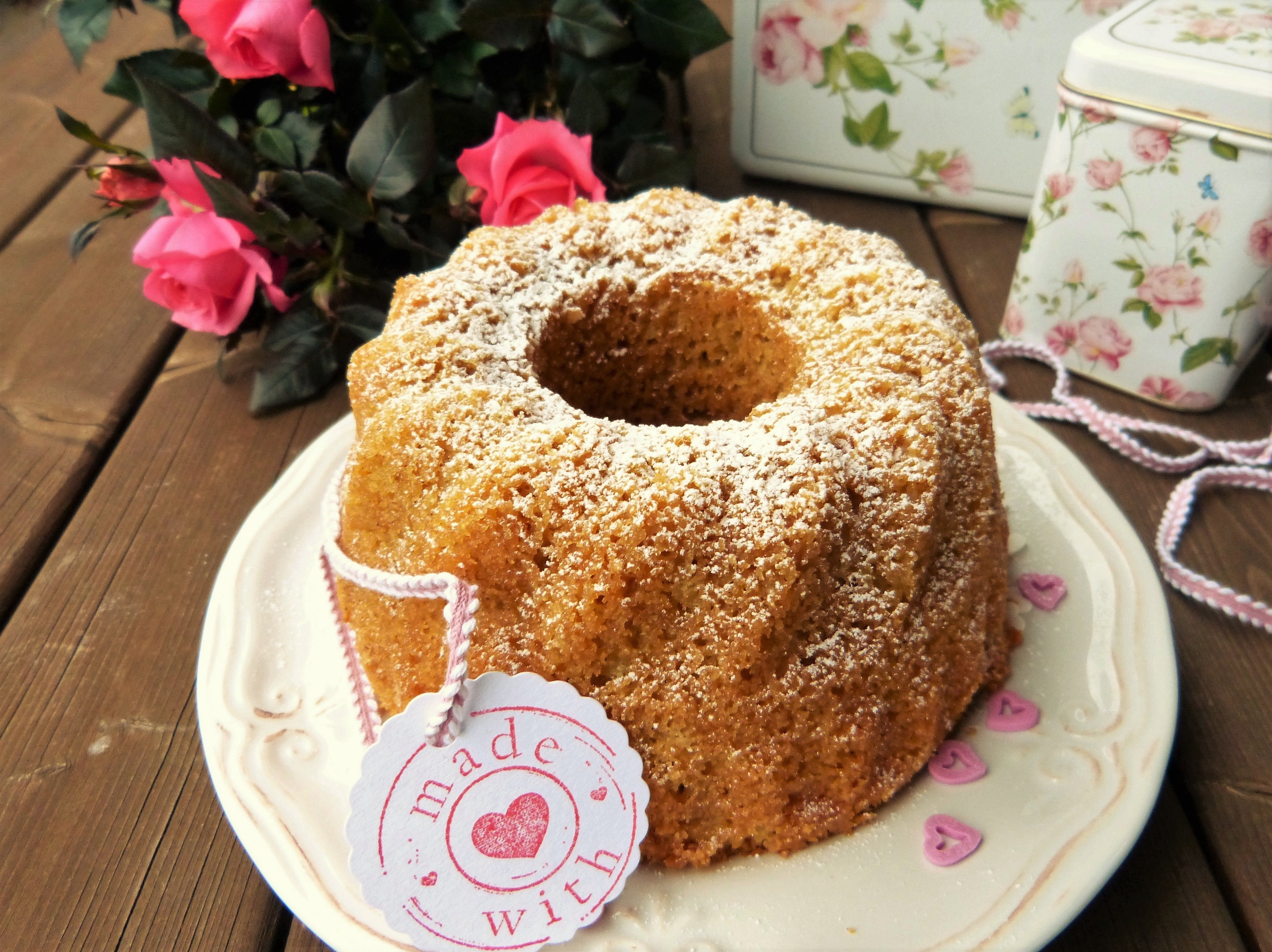 Photo: Silvia ? Pixabay
Photo: Silvia ? Pixabay
There?s butter for smoothness and lightness. Sugar is there for sweetness, moisture, and myriad delicious chemical reactions. Eggs are for binding the ingredients and trapping air. Flour provides the fundamental structure. Gases ? whether it?s simply air beaten into egg-whites or bubbles of carbon dioxide from a raising agent ? make the characteristic light texture of a good cake.
If the batter is mixed correctly and baked for just the right amount of time, you?ll end up with a delicious dessert.
You can now get to the business of decorating ? if you want to, that is.
For some funny reason, I find that my cakes often have chunks taken out of them before I get as far as making icing or frosting.
